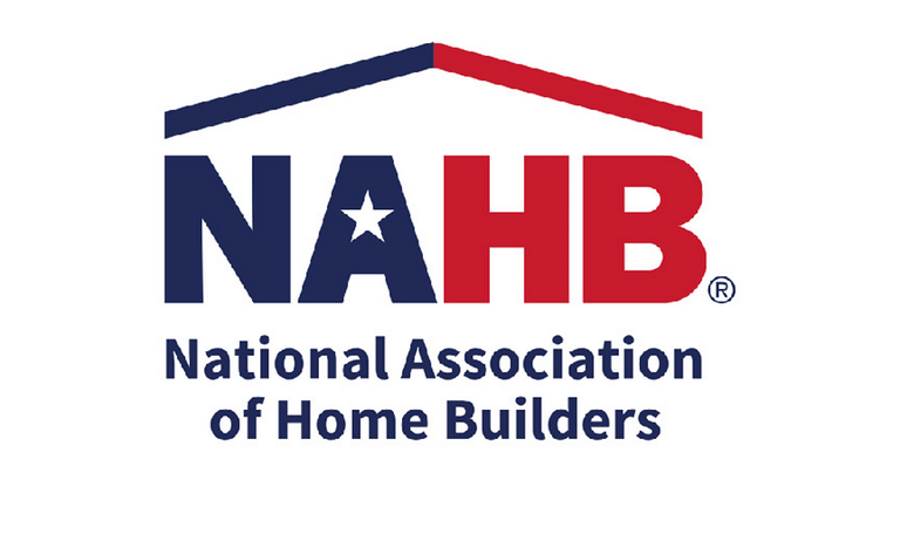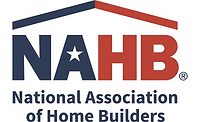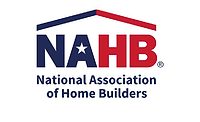Surging job losses in March stemming from the COVID-19 pandemic contributed to a decline in U.S. median income and housing affordability in the first quarter of 2020, according to the National Association of Home Builders/Wells Fargo Housing Opportunity Index.
In all, 61.3 percent of new and existing homes sold between the beginning of January and end of March were affordable to families earning an adjusted U.S. median income of $72,900. This is down from the 63.2 percent of homes sold in the fourth quarter of 2019 that were affordable to households earning the median income of $75,500.
The Department of Housing and Urban Development's original estimates of median family income for 2020 were developed prior to the COVID-19 pandemic. To account for the pandemic's effects, the HUD estimates were reduced consistent with NAHB's economic forecast for 2020. As a result, the 2020 national median income estimates used in the HOI calculations ($72,900) are 7.1 percent lower than the initial national 2020 estimates ($78,500) from HUD.
The HOI shows that the national median home price held steady, edging up from $279,000 in the fourth quarter of 2019 to $280,000 in the first quarter. The median home price was $280,000 in both the second and third quarter of 2019. Meanwhile, average mortgage rates fell by 17 basis points in the first quarter to 3.61 percent from 3.78 percent in the fourth quarter.
Scranton-Wilkes Barre-Hazleton, Pa., was rated the nation's most affordable major housing market, defined as a metro with a population of at least 500,000. There, 91 percent of all new and existing homes sold in the first quarter were affordable to families earning the area's median income of $66,600. Meanwhile, Cumberland-Md.-W.Va., was rated the nation's most affordable smaller market, with 97.1 percent of homes sold in the first quarter being affordable to families earning the median income of $57,500.
Rounding out the top five affordable major housing markets in respective order were Indianapolis-Carmel-Anderson, Ind.; Harrisburg-Carlisle, Pa.; Toledo, Ohio; and Albany, Schenectady-Troy, N.Y.
Smaller markets joining Cumberland at the top of the list included Monroe, Mich.; Binghamton, N.Y.; Mansfield, Ohio; and Battle Creek, Mich.
Please visit www.nahb.org/hoi for tables, historic data and details.







